

Baixa Pombalina
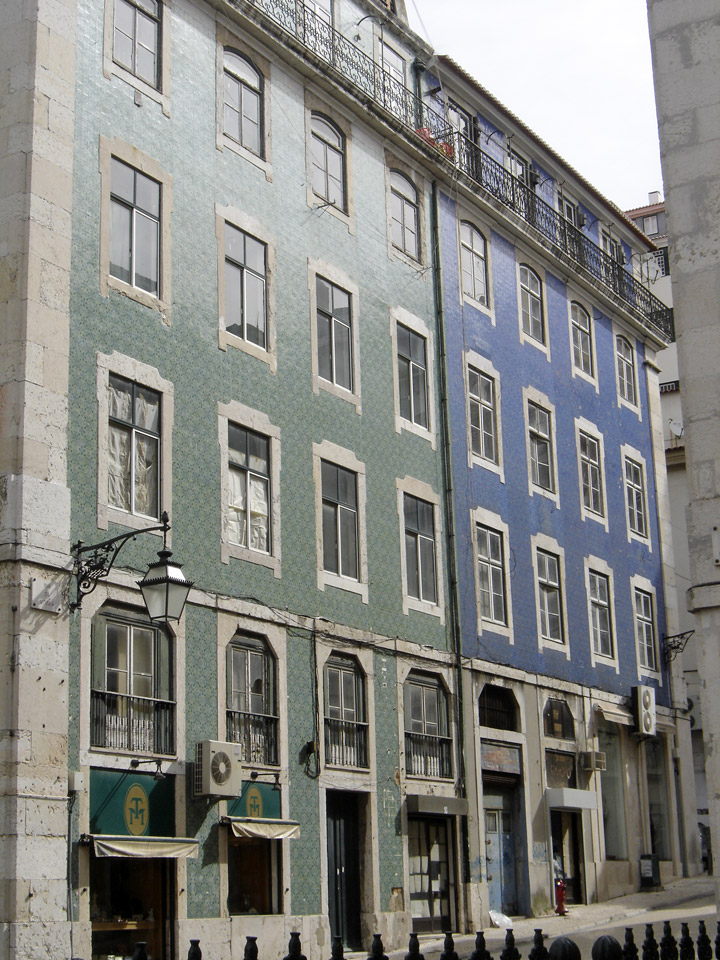
buildings with tile
The Pombaline Lower Town (Portuguese: Baixa Pombalina, or simply Baixa) area covers about 235,620 square metres of central Lisbon, Portugal. It comprises the grid of streets north of the Praça do Comércio, roughly between the Cais do Sodré and the Alfama district beneath the Lisbon Castle, and extends northwards towards the Rossio and Figueira squares and the Avenida da Liberdade, a tree-lined boulevard noted for its tailoring shops and cafes.
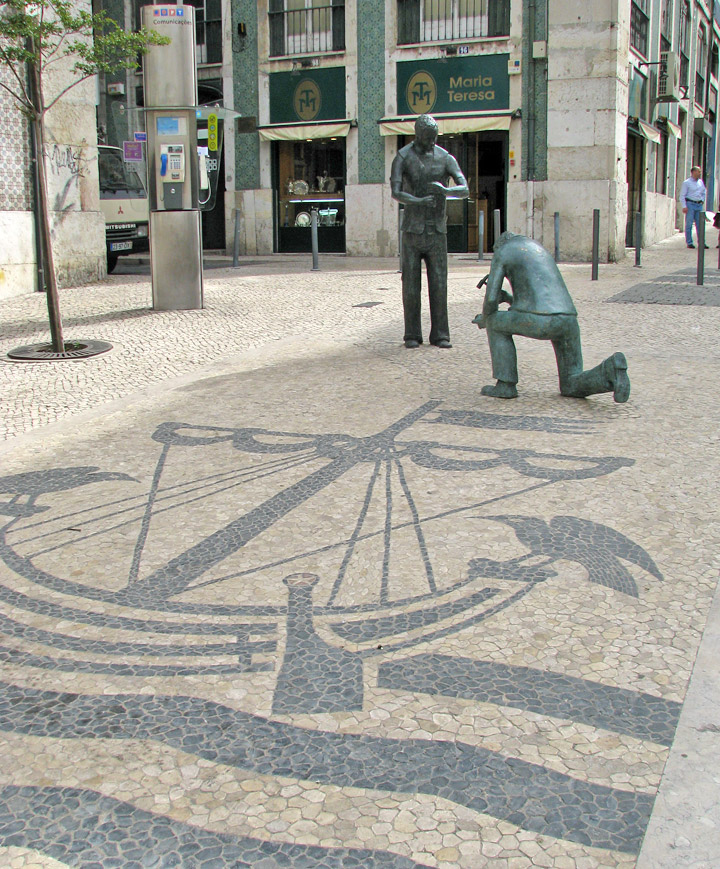
The Pombaline Baixa is an elegant district, primarily constructed after the 1755
Lisbon earthquake. It takes its name from Sebastião de Melo, Marquis of Pombal,
the Prime Minister to Joseph I of Portugal from 1750 to 1777 and key figure of
The Enlightenment in Portugal, who took the lead in ordering the rebuilding of
Lisbon after the 1755 earthquake. The Marquis of Pombal imposed strict
conditions on rebuilding the city, and the current grid pattern strongly differs
from the organic street plan that characterized the district before the
Earthquake.
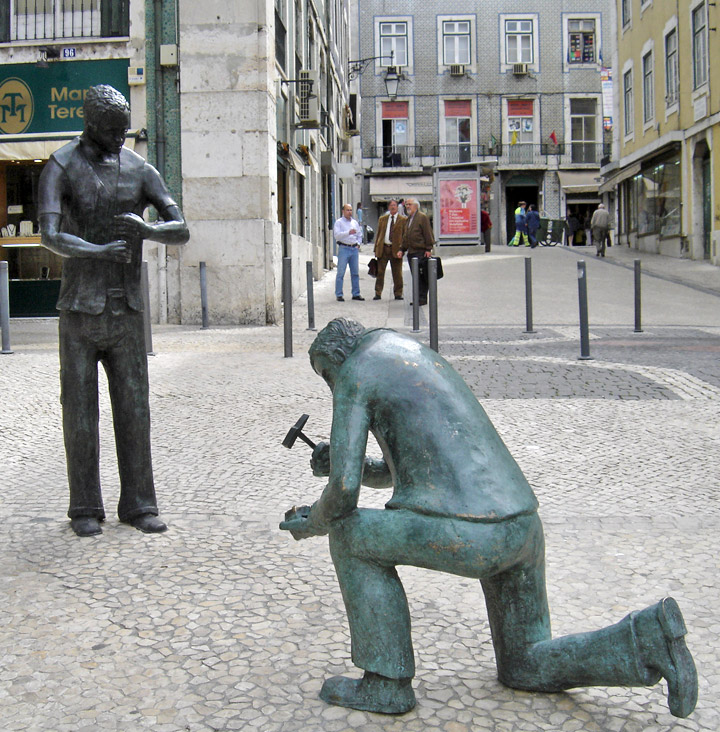
The Pombaline Baixa is one of the first examples of earthquake-resistant
construction. Architectural models were tested by having troops march around
them to simulate an earthquake. Notable features of Pombaline structures include
the 'Pombaline cage', a symmetrical wood-lattice framework aimed at distributing
earthquake force, and inter-terrace walls that are built higher than roof
timbers to reduce fire contagion.

It was placed on Portugal's "tentative list" of potential World Heritage Sites
on 7 December 2004, which declares it superior to the planned areas in
Edinburgh, Turin and London; in particular, the submission states that the plans
for the reconstruction of London after the Great Fire in 1666 "does not
implement overall principles" like those achieved in the Pombaline.
Text from Wikipedia
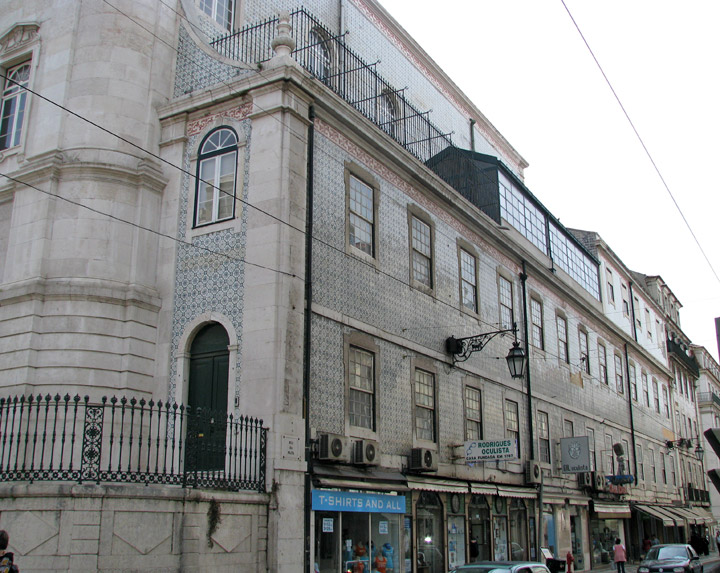
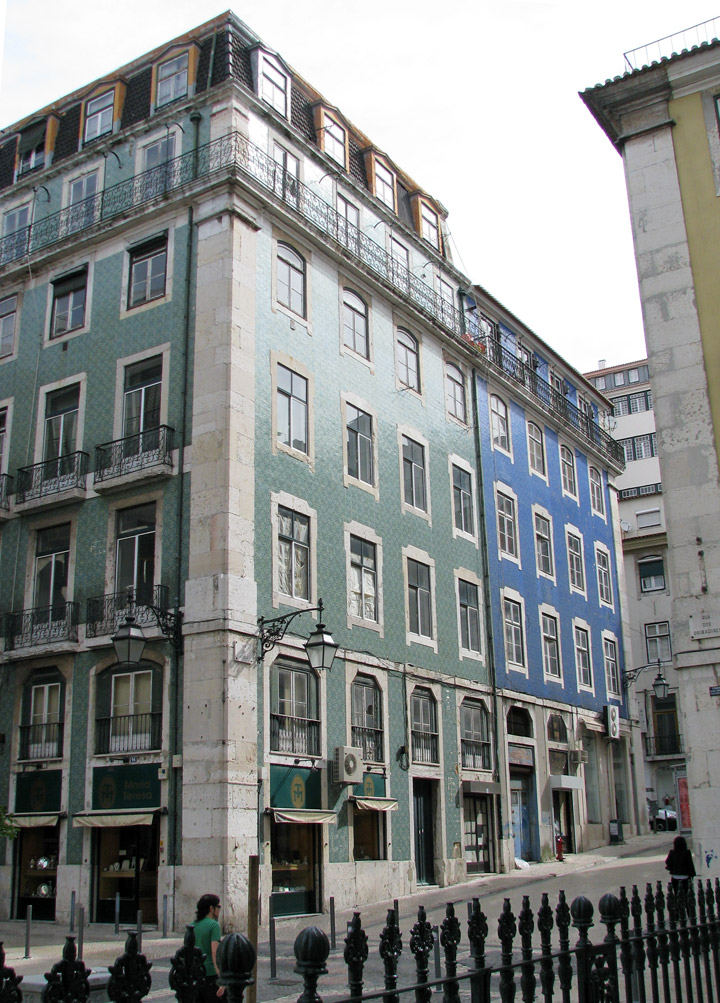
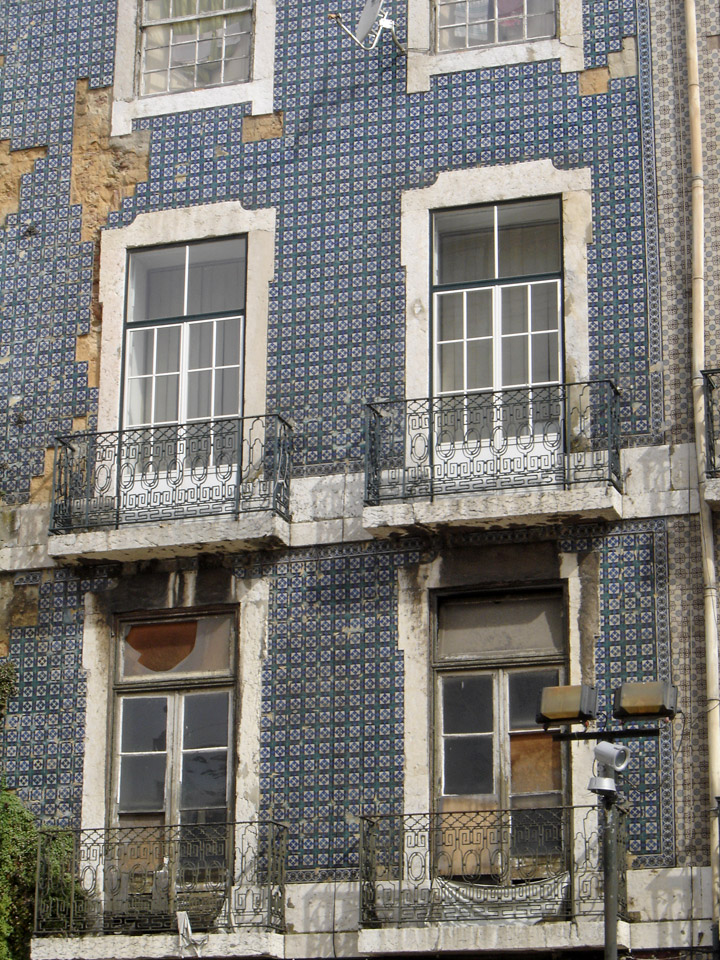
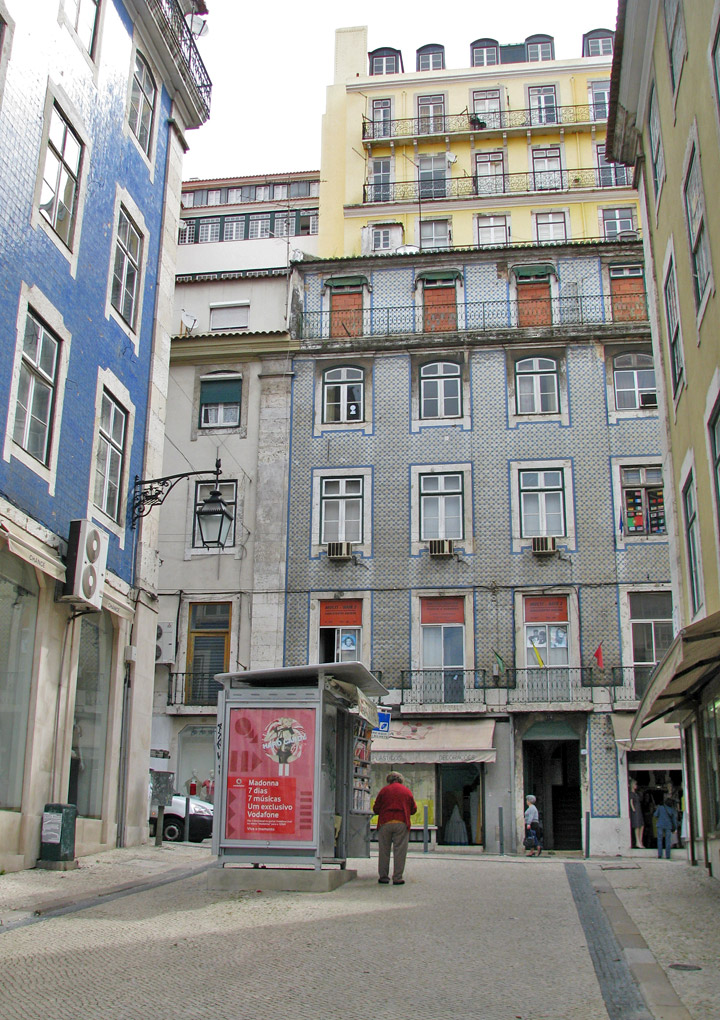
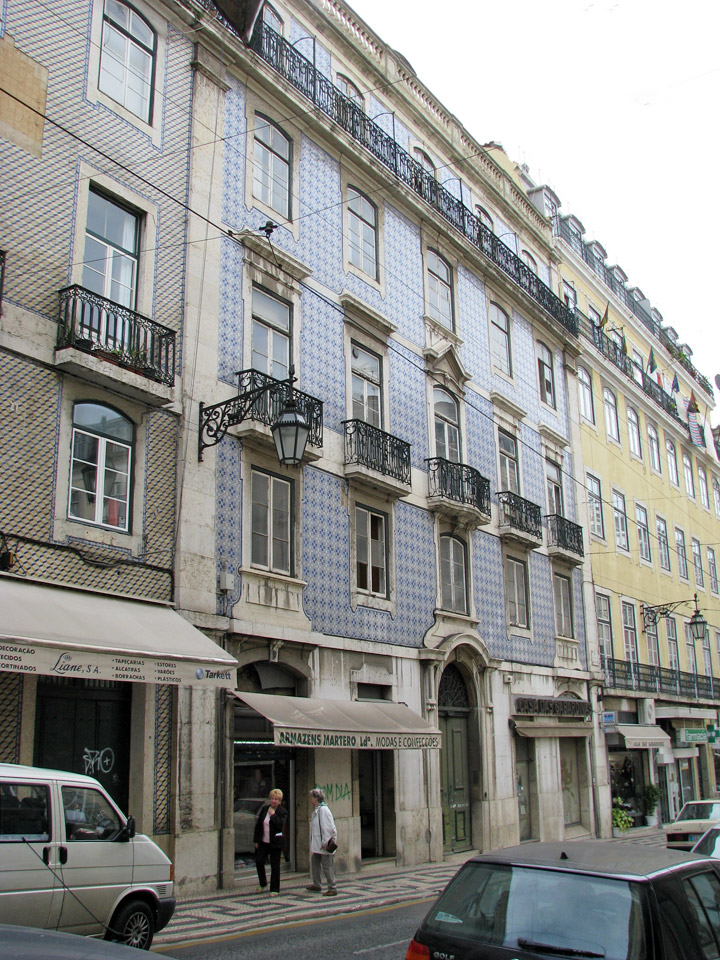
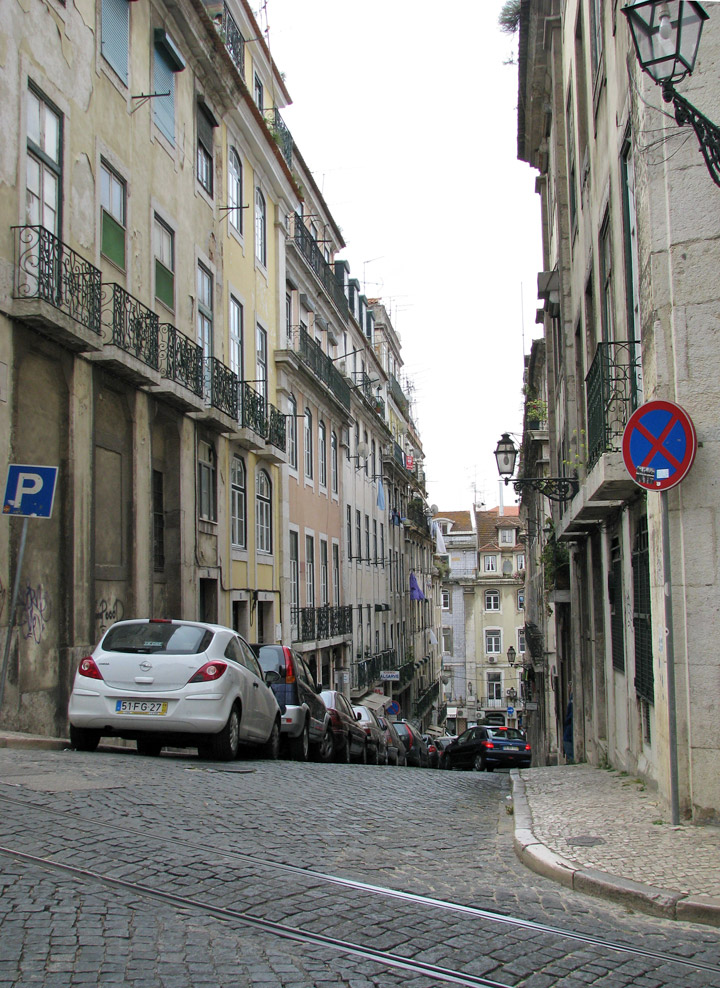
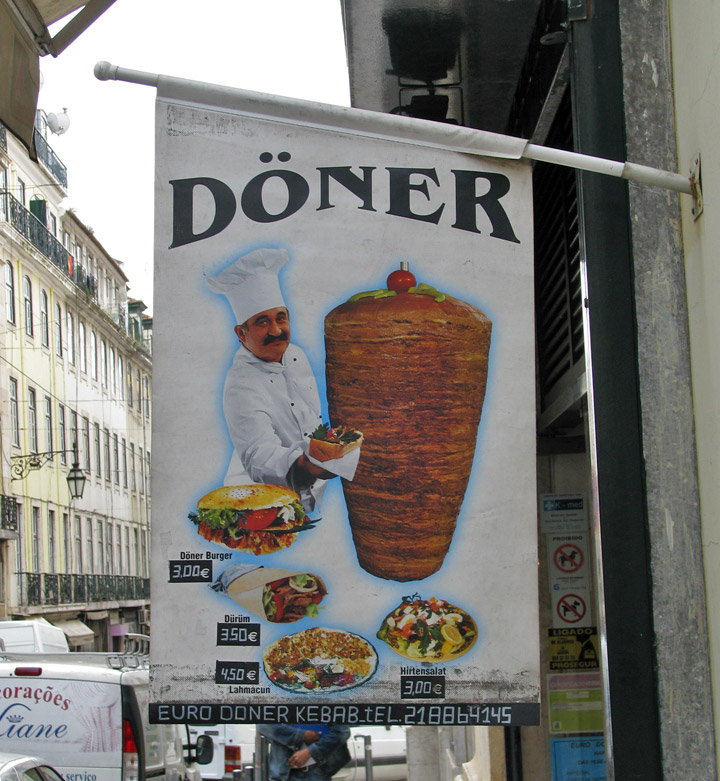
lamb sandwich


best maneuvered by a Smart car

or Number 28 trolley
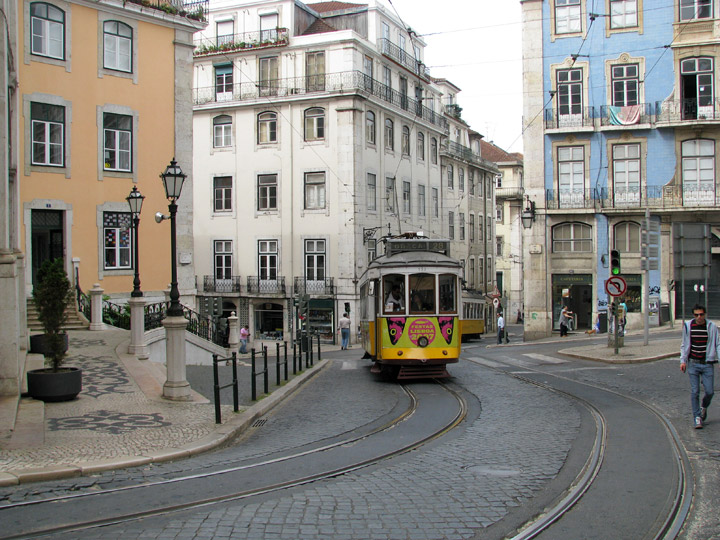
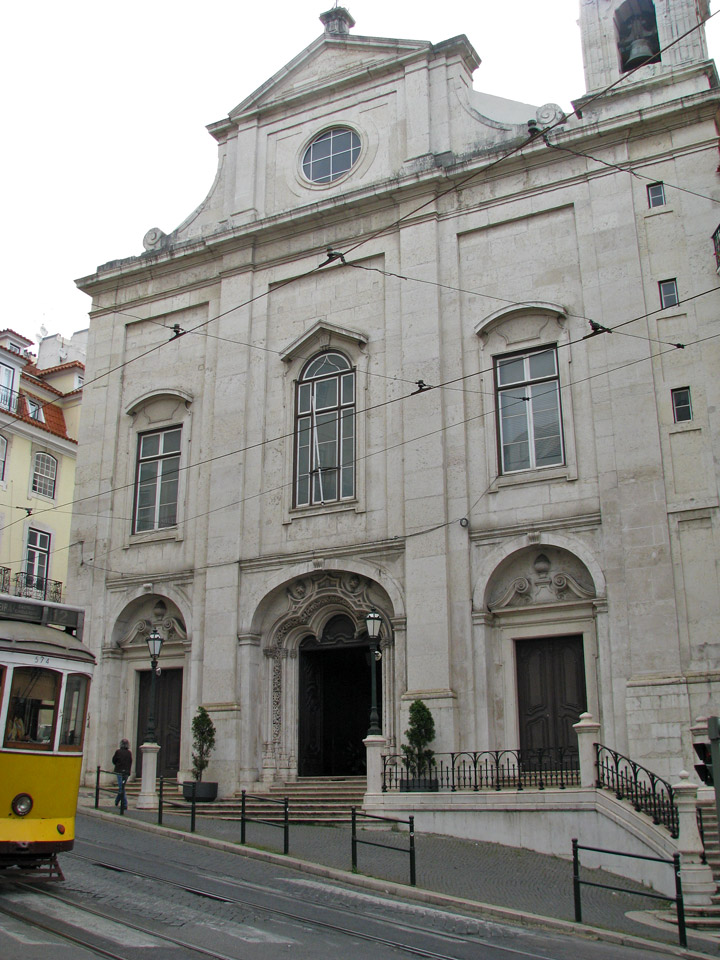


Saint Nicholas church
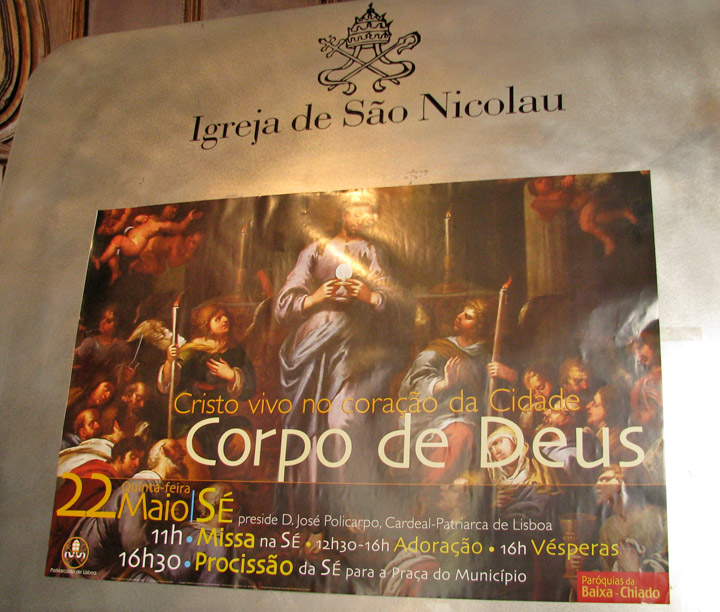
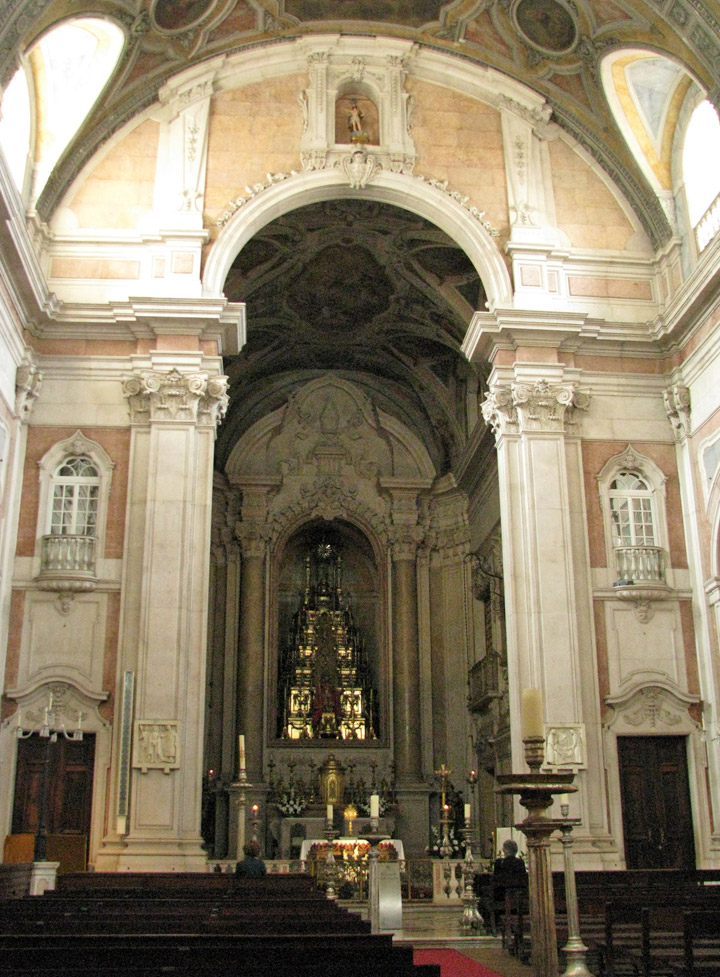
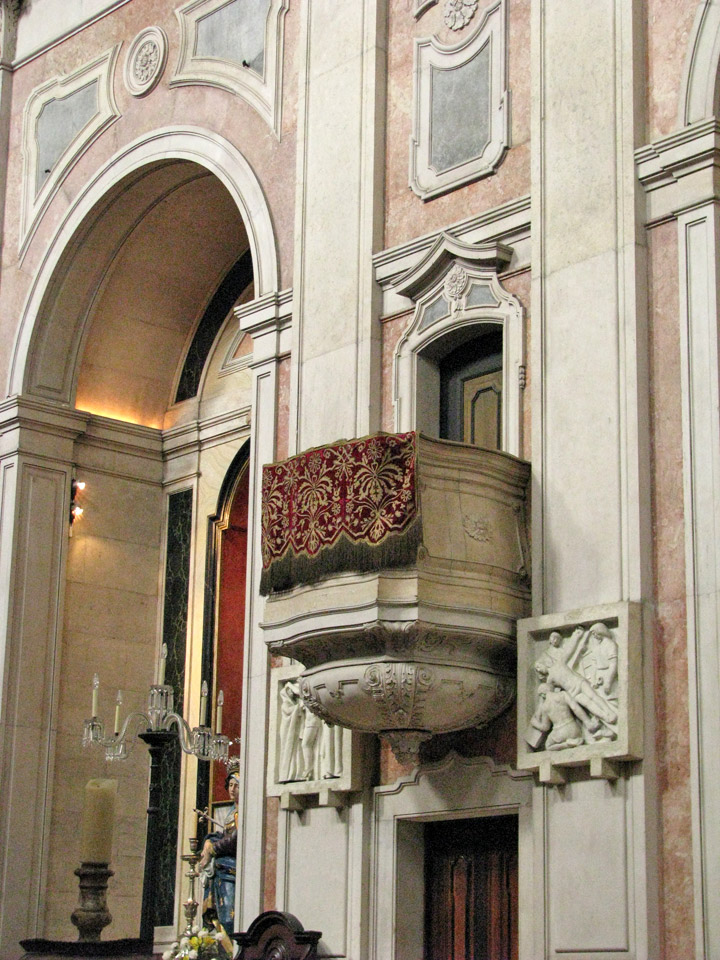
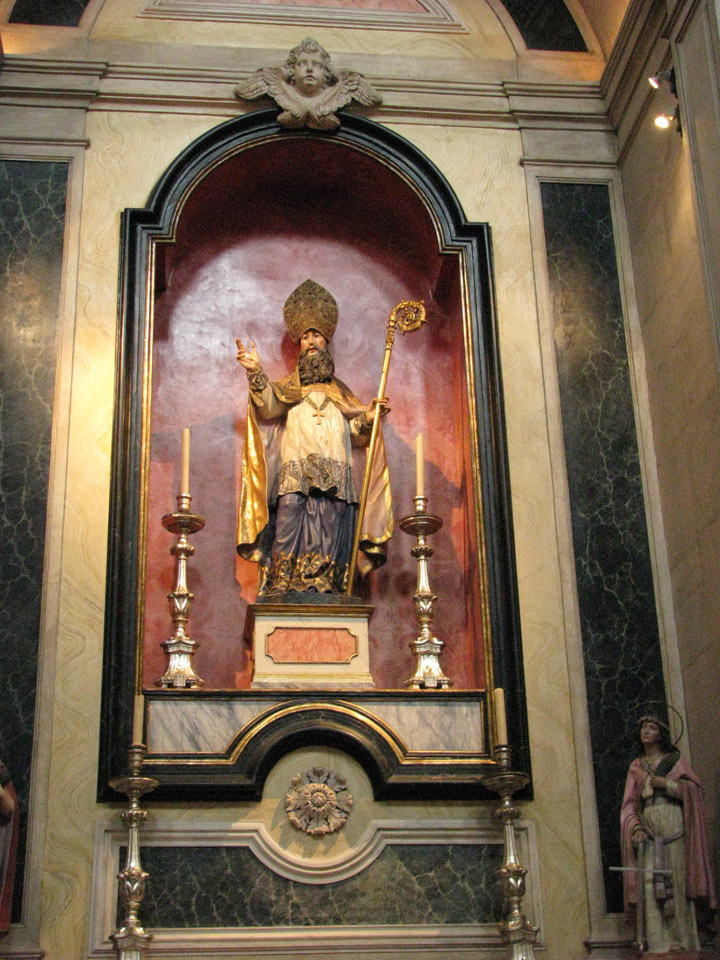
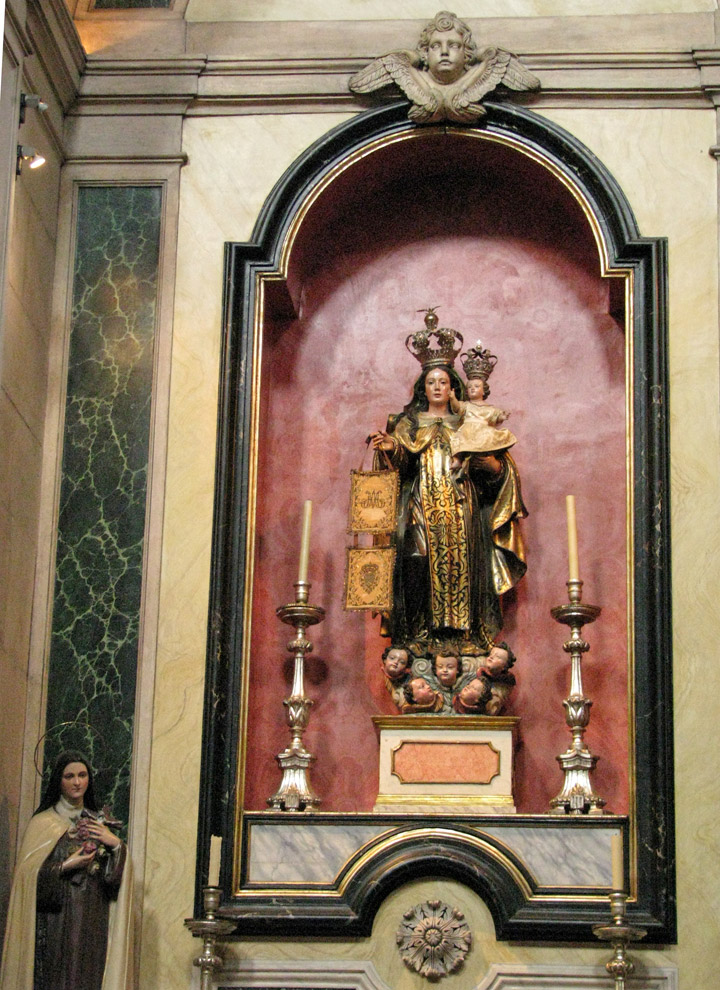

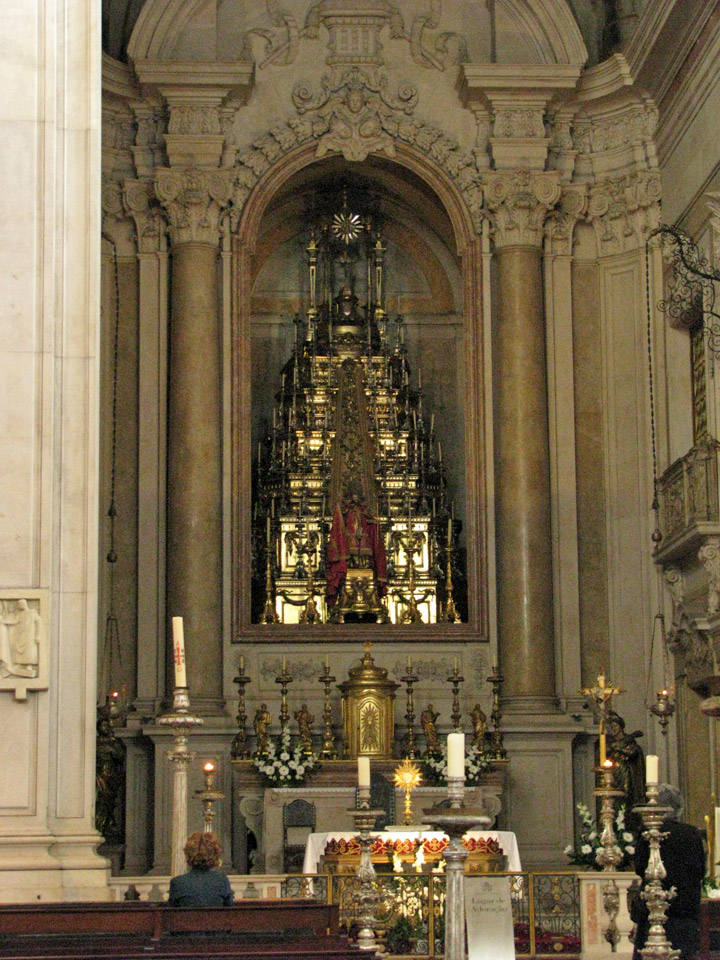
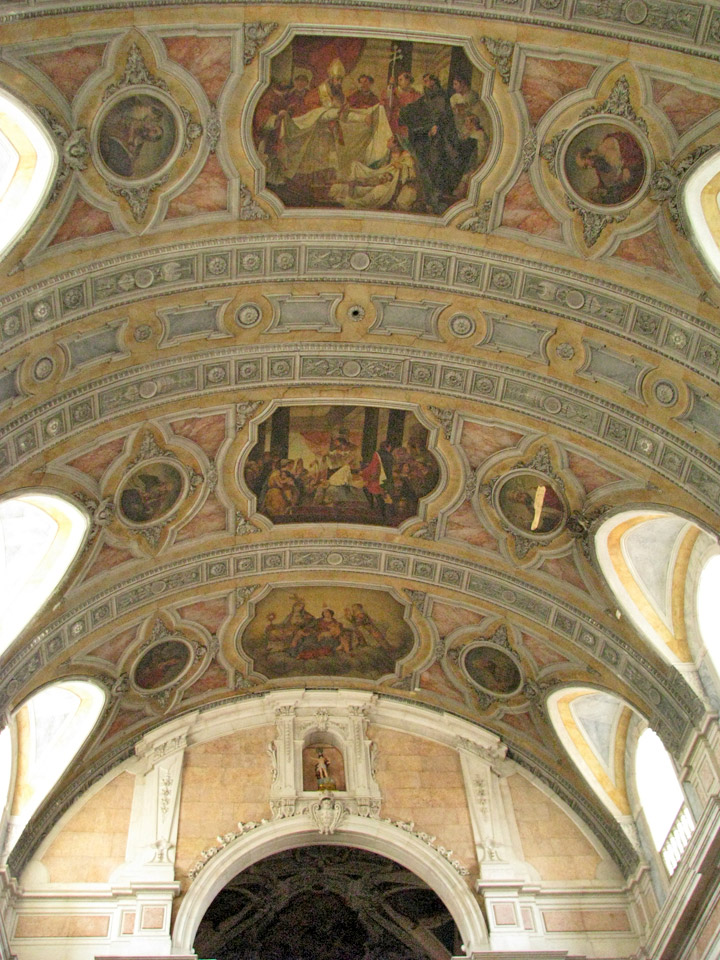
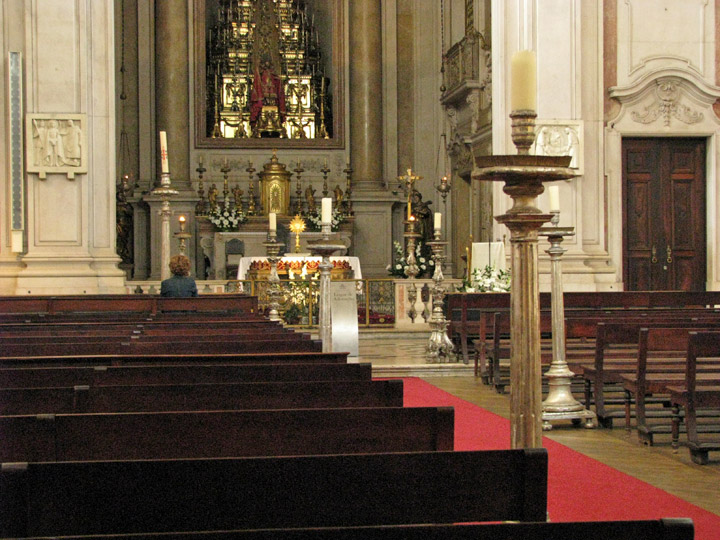
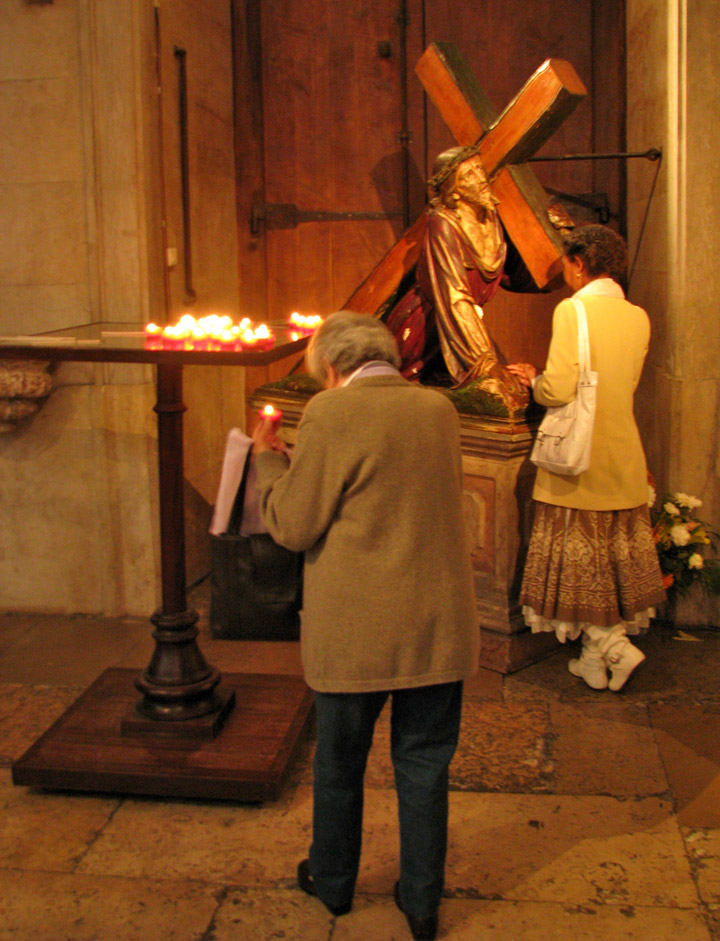
lighting a candle
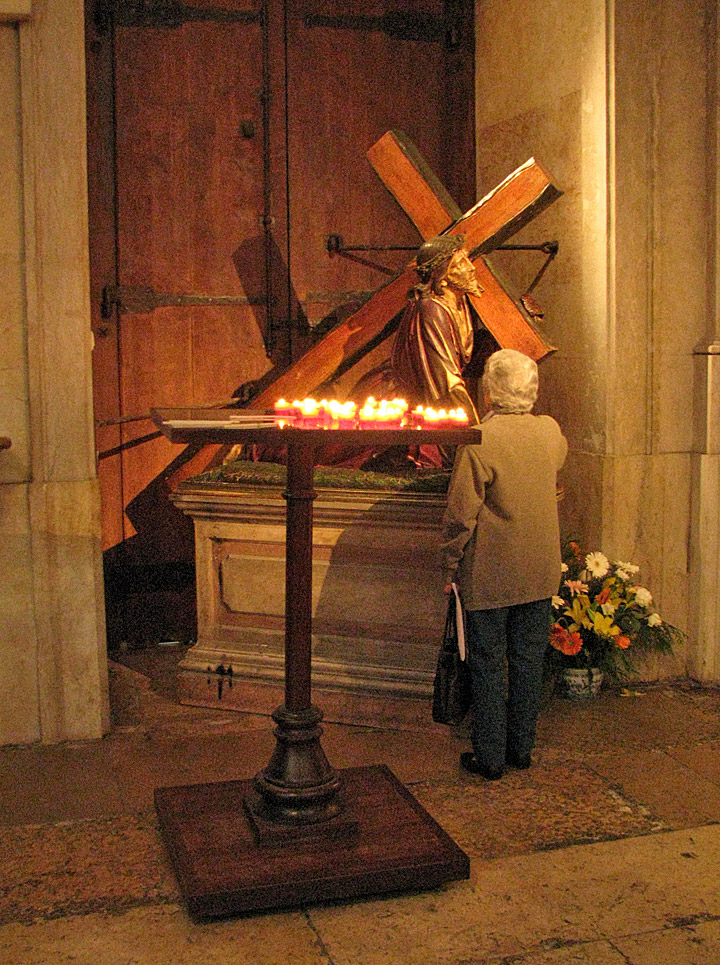
and saying a prayer
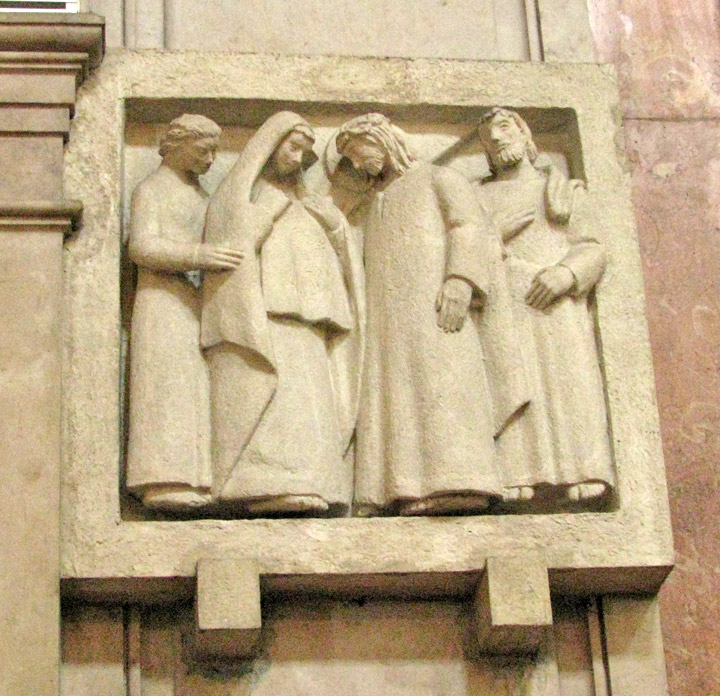

contributions accepted